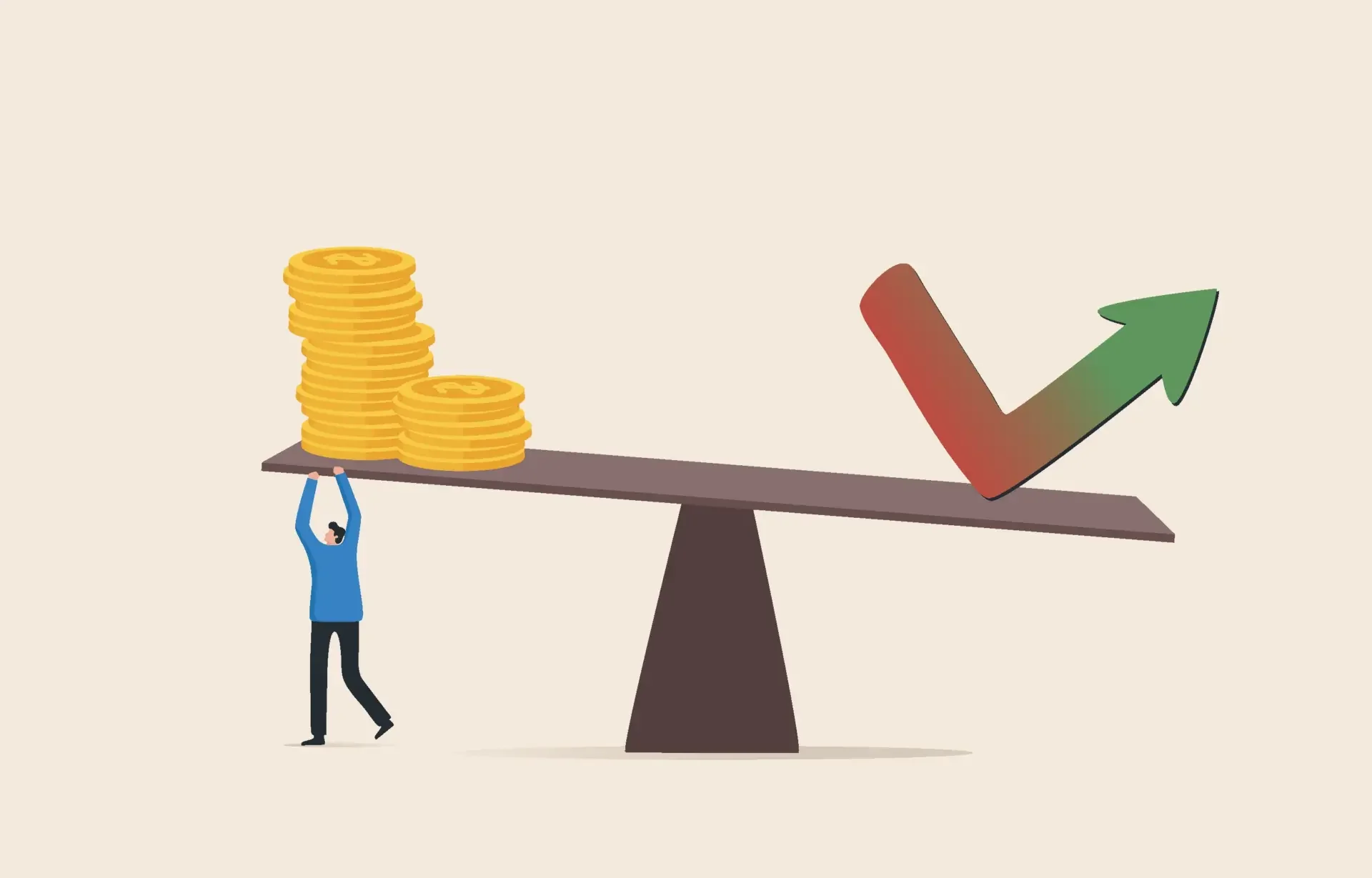
Balancing Growth with Economic Realities: What Small Businesses Can Do
With uncertainty hitting new highs for small businesses in March, owners and managers can feel stuck between a rock and a hard place. They don’t want to put growth on the back burner. But they also don’t want to overextend or borrow just as the economy enters a recession.
The Associated Press reports that about 40% of small business owners are saying 2024 will be a “make or break” year for their business, with economic indicators favoring a recession within 12 months. What risks do businesses face in the economy? And how can they manage safely to find growth?
Uncertainty About the Future
Small business confidence hit its lowest level in more than 11 years in March, according to the National Federation of Independent Business (NFIB).
“Owners continue to manage numerous economic headwinds,” said NFIB Chief Economist Bill Dunkelberg. “Inflation has once again been reported as the top business problem on Main Street.”
NFIB reports that a quarter of businesses told NFIB that “inflation was their single most important problem in operating their business” because of its effects on input and labor costs. But the economy has also been throwing challenges their way on the revenue side. Federal Reserve rate increases meant to combat inflation also now slow domestic product growth. Owners and managers should consider if and when rates will slow the economy enough to cause a recession.
U.S. Economy Shows Strength
Indicators for the strength and weakness of the U.S. economy are mixed.
According to the St. Louis Fed, for example, GDP growth (What is Gross Domestic Product?) reached 4.86% during the third quarter last year as the economy overheated—the 10-year average for GDP is at or below 2%. Since then, GDP has declined to 2.4% growth, remaining above the 10-year average despite headwinds from interest rates.
The good news is that small business revenues are tied to GDP growth, which suggests businesses and consumers will continue spending in the near term at least.
The bad news is that inflation and interest rates may remain elevated in the near future as well. The 12-month-change data on inflation shows a clear downward trend, according to the St. Louis Fed.
However, the month-to-month changes tell a different story. Inflation is waxing and waning; today, it stands higher or at the same level as two and a half years ago.
The economy remains relatively strong, but input costs and wages also may remain strong.
A Deeper Look at Your Industry
A great way to measure the health of small businesses across the economy is to measure sales by small businesses. Fortunately, payment processors like Fiserv benchmark small business growth based on actual sales data.
You can look up benchmark data for your industry in the state of Washington in Fiservs Small Business Index here and select ‘Explore the Data’. According to the state’s transaction index, Washington outperformed the nation, posting sales growth of 1.2% month over month for its small businesses and of 3.7% year over year.
Nationally, small business sales grew 2% year over year while declining 0.8% month over month, Fiserv reported in March.
The top three industries for sales growth nationally, according to Fiserv in March, were:
- Restaurants
- Trade contractors offering services such as carpentry and masonry, roofing, electrical, heating, and plumbing
- Technical services, such as veterinary, legal, accounting, advertising, tax, and preparation
“Consumer spending fluctuated throughout March, with Spring Break travel boosting sales and the Easter holiday contributing to a slow finish as many small businesses closed on the month’s final day,” said Prasanna Dhore, Chief Data Officer at Fiserv in a recent press release. “Restaurants were a particularly bright spot in March… seeing a 4.0% increase in spending over February and a 5.8% increase over March 2023. As in the past few months, consumers again devoted the biggest share of their spending at small businesses to dining out.”
What Does It Mean for My Business?
Economic winds blow for or against different businesses at different times. What can owners and managers do to regain some control in times of uncertainty? How about when they may have a year ahead with a recession or a year with fair growth potential?
Businesses can prepare for growth and challenges with a right-sized cash reserve. However, wanting cash reserves and having them are two different things, especially when margins decrease due to inflation pressure. Fortunately, there are low-hanging fruit tactics to create room in the business’s budget, which we’ve covered here.
Even mature businesses can miss just how much growth they can attract from their current customer base. Looking deeper into the lifetime value of your customers can yield growth without large outlays for sales and marketing, which preserves cash reserves while growing revenue. We’ve created a starting place for you to use Customer Lifetime Value (CLV) to grow your business here.
The probability of a recession by March 2025 is over 58%, according to the Federal Reserve Bank of New York’s recession probability tool. The tool has correctly forecasted a U.S. recession within 12 months for the past 58 years.
Regardless of what the year holds for small businesses, fortune favors the prepared.























